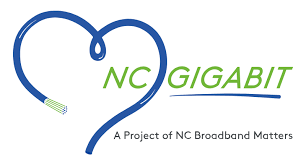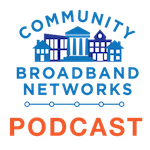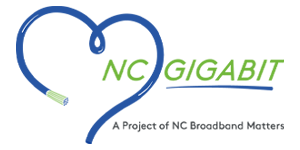Podcast: Play in new window | Download | Embed
It’s the end of the year once again, which means the Community Broadband Networks team takes their places in front of the mic for the predictions show. In addition to offering our expectations for 2020, we review what happened this past year and compare it to the predictions we made at this time last year. Get ready for some opinions and laughs.
Once again, Communications Specialist Jess Del Fiacco and Research Associate Katie Kienbaum weigh in along with Christopher and Lisa. Our newest addition to the team, Michelle Andrews, joins for the first time this year; Michelle is our GIS and Data Visualization Researcher.
We review advancements from cooperatives, the growing interest in municipal projects and open access, and new approaches. We talk about realizations of models we anticipated and also some that took us by surprise. The crew discusses state and federal legislative changes and funding, partnerships, and Christopher even gives Comcast a break. You don’t want to miss this!
We want your feedback and suggestions for the show-please e-mail us or leave a comment below.
This show is 42 minutes long and can be played on this page or via iTunes or the tool of your choice using this feed.
Listen to other episodes here or view all episodes in our index.
Subscribe to the Building Local Power podcast, also from the Institute for Local Self-Reliance, on iTunes or Stitcher to catch more great conversations about local communities, concentration of corporate power, and how everyday people are taking control.
Thanks to Arne Huseby for the music. The song is Warm Duck Shuffle and is licensed under a Creative Commons Attribution (3.0) license.
Image by Lisa Frideborg from Pixabay



